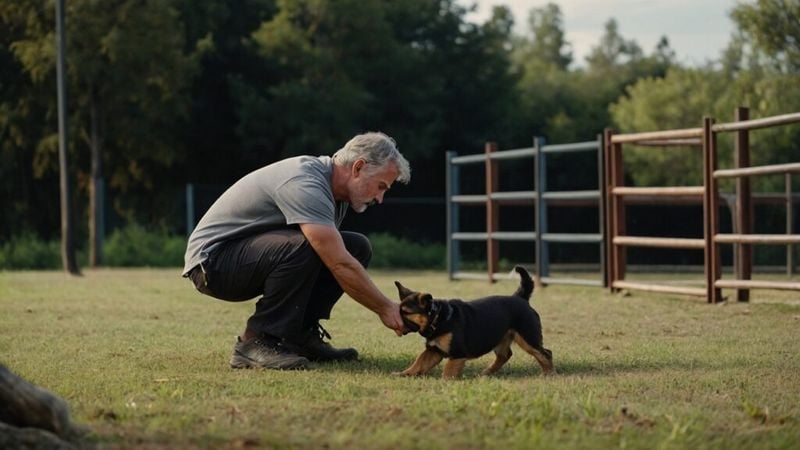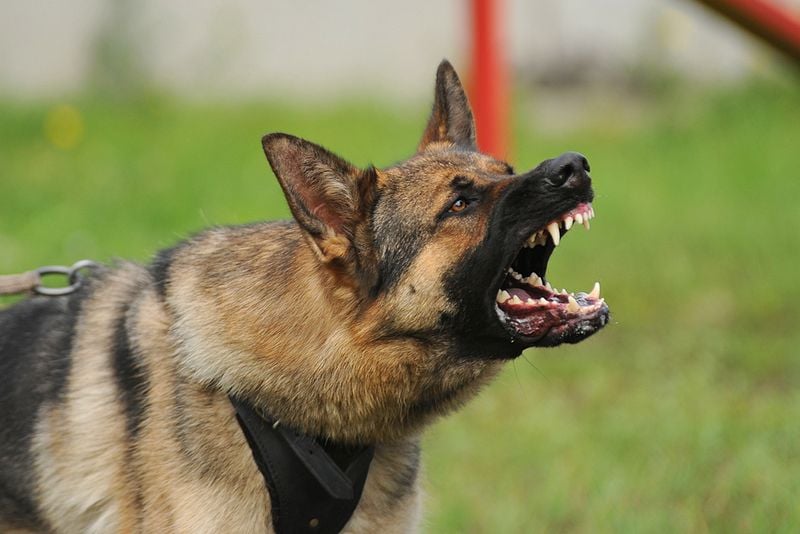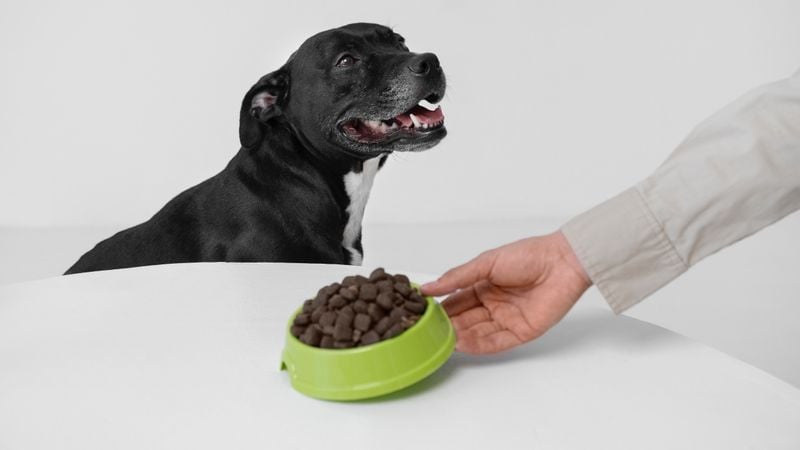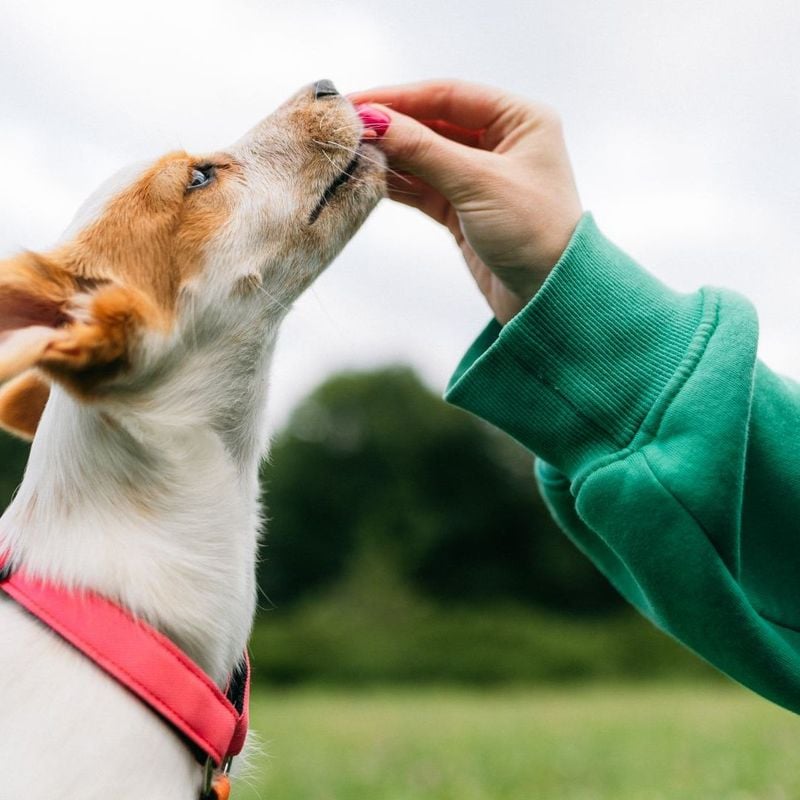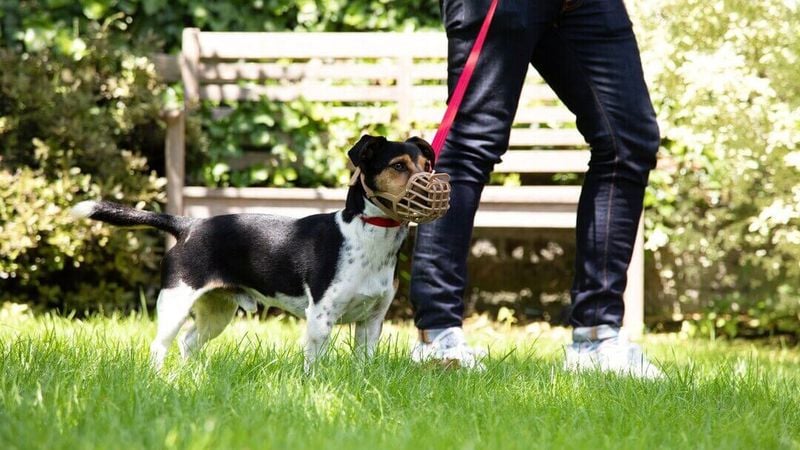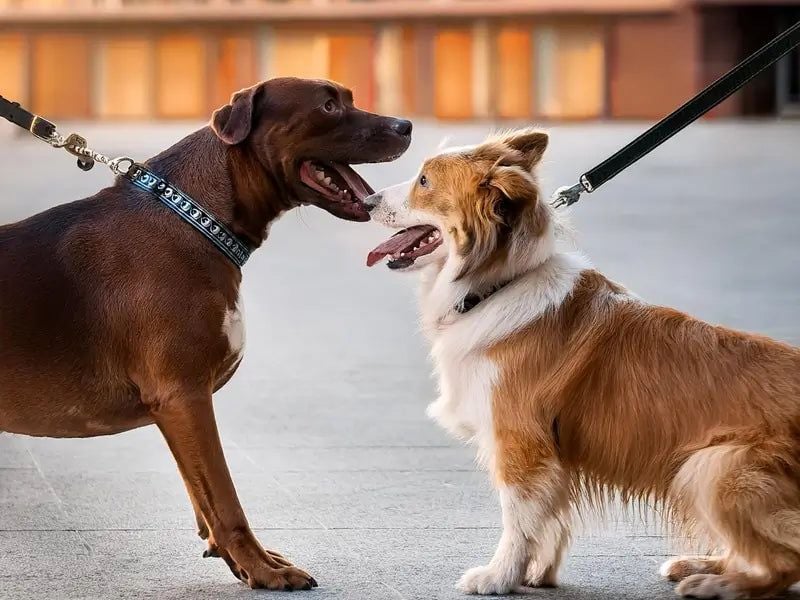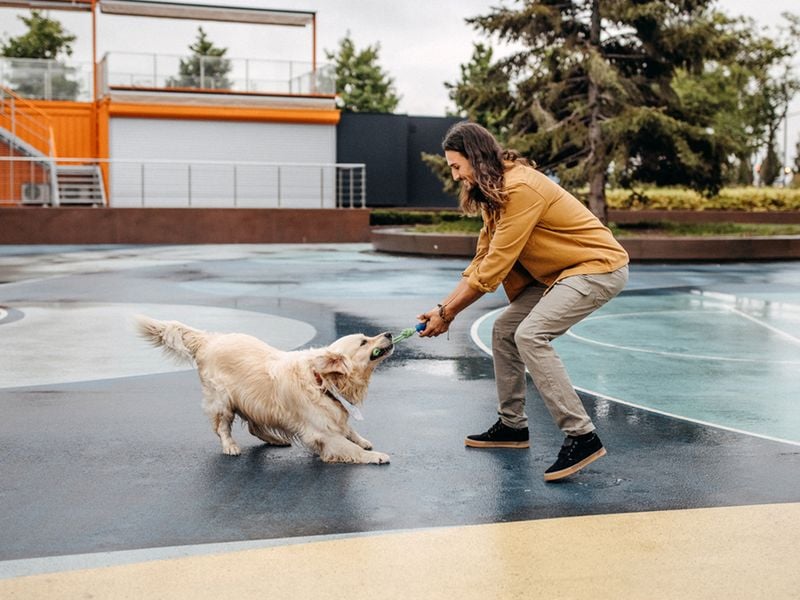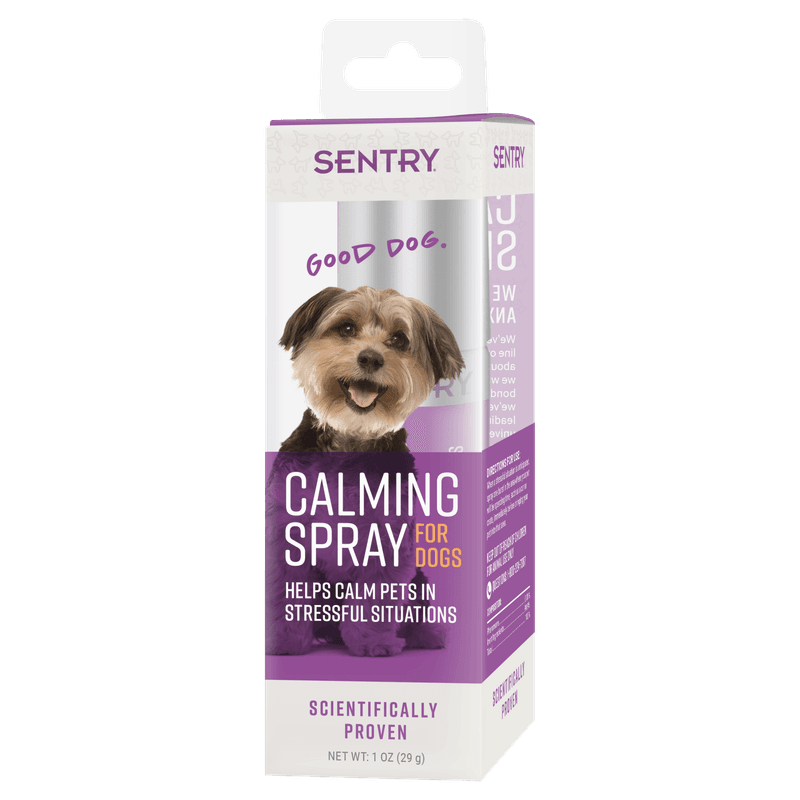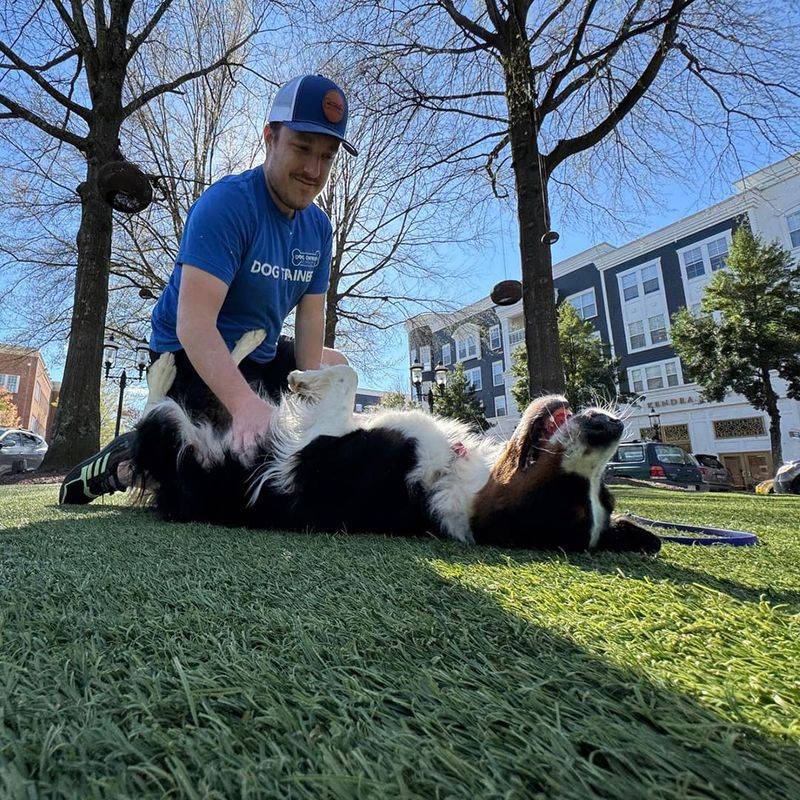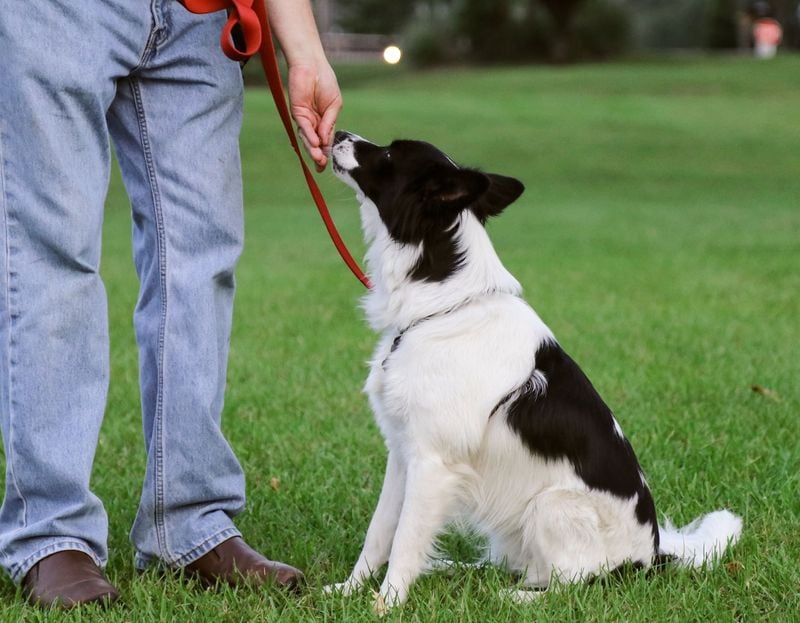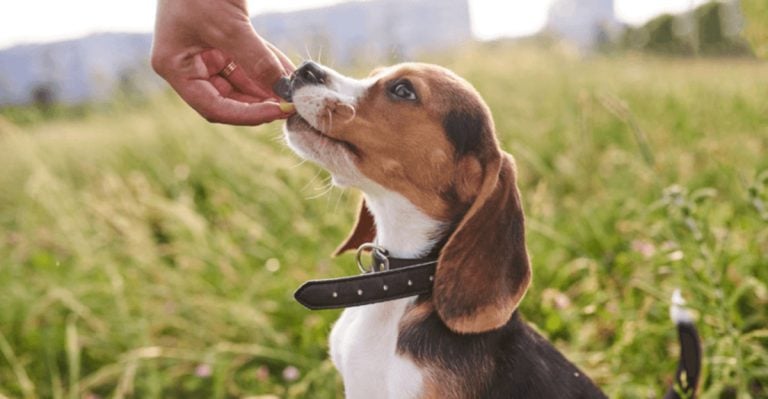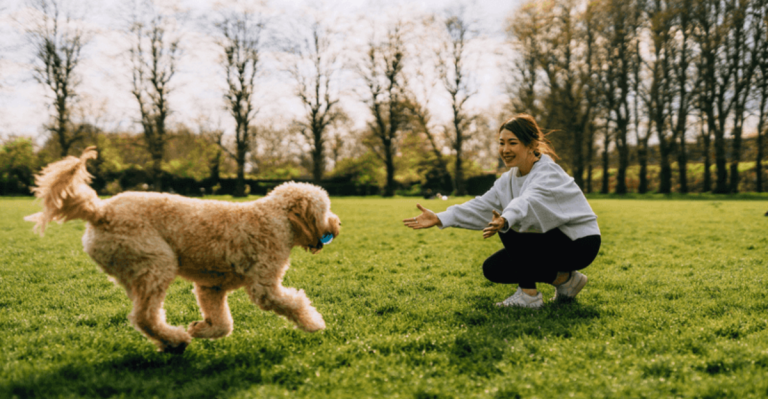12 Smart Ways to Calm an Aggressive Dog (Backed by Experts)
It can be heartbreaking—and honestly, a little scary—when your beloved dog suddenly starts growling, snapping, or lunging.
Whether it’s directed at you, a family member, or even a stranger on the street, aggressive behavior can shake your trust and raise a thousand questions.
What triggered it? Did you do something wrong? Is it a phase, or something more serious?
First, take a deep breath. You’re not alone, and your dog isn’t a “bad” dog. Aggression in dogs is often misunderstood, but at its core, it’s usually a form of communication.
Your pup might be feeling threatened, scared, in pain, or unsure about their surroundings—and they don’t know how else to express it.
The good news? There are practical, science-backed ways to manage and calm an aggressive dog. You don’t need to resort to punishment or harsh methods. In fact, those often backfire and make things worse.
Instead, with the right tools, mindset, and consistency, you can help your dog feel safer, more secure, and less reactive. Many dog owners have turned things around with patience and guidance—and you can too.
In this guide, we’ll explore 12 practical tips that go beyond the usual “just be firm” advice.
These are actionable strategies that address the why behind the aggression and help you respond in ways that build trust and promote calm behavior.
From understanding triggers to using positive reinforcement, you’ll learn how to create a safe environment where both you and your dog can thrive.
1. Stay Calm and Confident
Dogs are incredibly perceptive creatures and can easily sense human emotions. When faced with an aggressive dog, reacting with fear or frustration can escalate the situation. Instead, maintain a calm and assertive presence.
This approach communicates to the dog that you are in control and that there’s no reason to panic. Your calm demeanor can help soothe the dog’s nerves and reduce their aggressive tendencies.
Remember, your body language speaks volumes. Approach the situation with slow, deliberate movements and avoid sudden gestures. A composed attitude can pave the way for a peaceful interaction.
2. Avoid Direct Eye Contact
In the canine world, staring directly into a dog’s eyes can be perceived as a challenge. For an aggressive dog, this direct eye contact can trigger unwanted reactions. Instead, try to avert your gaze slightly to avoid escalating the situation.
By doing so, you signal to the dog that you are not a threat and that you respect their space. This small act can help diffuse tension and make the environment less hostile.
Think of your eyes as a tool for communication. Use them wisely to convey tranquility and understanding, rather than confrontation.
3. Give Them Space
Aggressive dogs often need space to feel secure. When they feel cornered, their instinct may be to lash out. Back away slowly, giving the dog plenty of room to retreat and relax.
This approach makes it clear that you respect their boundaries and are not a threat. It allows the dog to assess the situation without feeling pressured or fearful. By providing space, you help them regain their composure.
A wide berth can mean the difference between a tense standoff and a calm resolution. Let the dog come to you when they’re ready, creating a sense of trust and safety.
4. Identify Triggers
Understanding what triggers aggression in your dog is crucial to managing it effectively. Does the aggression flare up during mealtime, or perhaps when a specific person is around? Take note of these patterns.
Identifying these triggers allows you to avoid or modify situations that provoke negative behavior. It also helps in creating a strategic plan to address the aggression.
Knowledge is power, and knowing your dog’s triggers can put you in a position to preemptively manage their behavior. It’s about working with your pet, not against them.
5. Use Positive Reinforcement
Positive reinforcement is a powerful tool in shaping a dog’s behavior. Rewarding calm and non-aggressive actions with treats and praise builds an association between good behavior and pleasant outcomes.
This technique encourages your dog to repeat desirable behaviors, gradually diminishing their aggressive tendencies. It’s a win-win situation for both you and your pet.
Consistency is key. Make sure to reward your dog every time they exhibit calm behavior, reinforcing the connection between their actions and the positive attention they receive.
6. Avoid Punishment
Punishment, whether physical or verbal, can often exacerbate aggression in dogs. Yelling or hitting erodes trust and can lead to increased fear-based reactions.
Instead, focus on calming techniques and positive reinforcement to guide your dog’s behavior. Building trust is crucial, and punishment can quickly dismantle any progress you make.
A gentle approach fosters a sense of security and understanding. Remember, the goal is to build a relationship based on mutual respect and empathy.
7. Redirect With Commands
Teaching your dog basic commands like “sit” or “stay” can be incredibly useful in redirecting their focus before aggression takes hold. These commands act as a distraction and can defuse a potentially volatile situation.
Training your dog to respond to these commands takes time and patience, but the payoff is well worth the effort. It provides you with a tool to manage your dog’s behavior effectively.
Consistency and repetition are your allies here. Practice these commands regularly to ensure they become second nature to your dog, especially during stressful moments.
8. Socialize Gradually
Socialization is key to reducing fear and reactivity in dogs. Gradually exposing your dog to new people and animals, within controlled settings, can diminish aggressive behavior over time.
Start small, with brief interactions, and slowly build up to more extended social experiences. This gradual approach helps your dog feel more comfortable and less threatened.
Remember, patience is essential. Each positive interaction builds your dog’s confidence, helping them navigate the world with less fear and more ease.
9. Exercise Regularly
Physical exercise is not only vital for a dog’s health but also for managing aggression. A tired dog is often a more content and less aggressive dog.
Daily walks, runs, or play sessions help burn off excess energy that might otherwise be directed towards aggression. It also improves your dog’s overall mood and well-being.
Regular exercise should be a staple in your dog’s routine, acting as a preventative measure against unwanted behaviors. It’s a simple yet effective way to promote harmony.
10. Use Calming Aids
Calming aids, such as natural supplements, anxiety wraps, or pheromone diffusers, can help ease stress in anxious or aggressive dogs. These tools offer a non-invasive way to promote relaxation.
Consult your veterinarian to find the most suitable option for your dog’s needs. It might take some trial and error to find what works best, but the effort is worthwhile.
These aids are not a standalone solution but can complement other behavioral strategies to create a peaceful environment.
11. Maintain a Routine
Dogs thrive on routine and predictability. When they know what to expect, their anxiety levels often decrease, leading to less aggressive behavior.
Establish regular feeding, walking, and playtime schedules to create a sense of security for your dog. This consistency helps them feel more in control of their environment.
A structured routine not only benefits your dog but also strengthens your bond. It shows them that you care, providing reassurance and stability.
12. Consult a Professional
Persistent aggression may require the expertise of a certified dog behaviorist or trainer. These professionals can assess the root cause of the behavior and develop a tailored plan to address it.
Working with a professional provides insights that might not be apparent to the untrained eye. Their guidance can be invaluable in creating a strategy that works for both you and your dog.
Seeking help is not a sign of failure but a step toward understanding and improving your dog’s behavior. It’s about working together for a peaceful coexistence.

